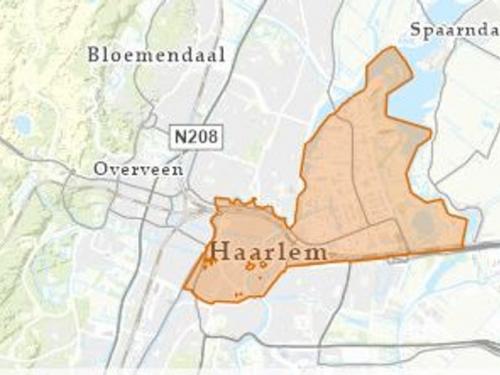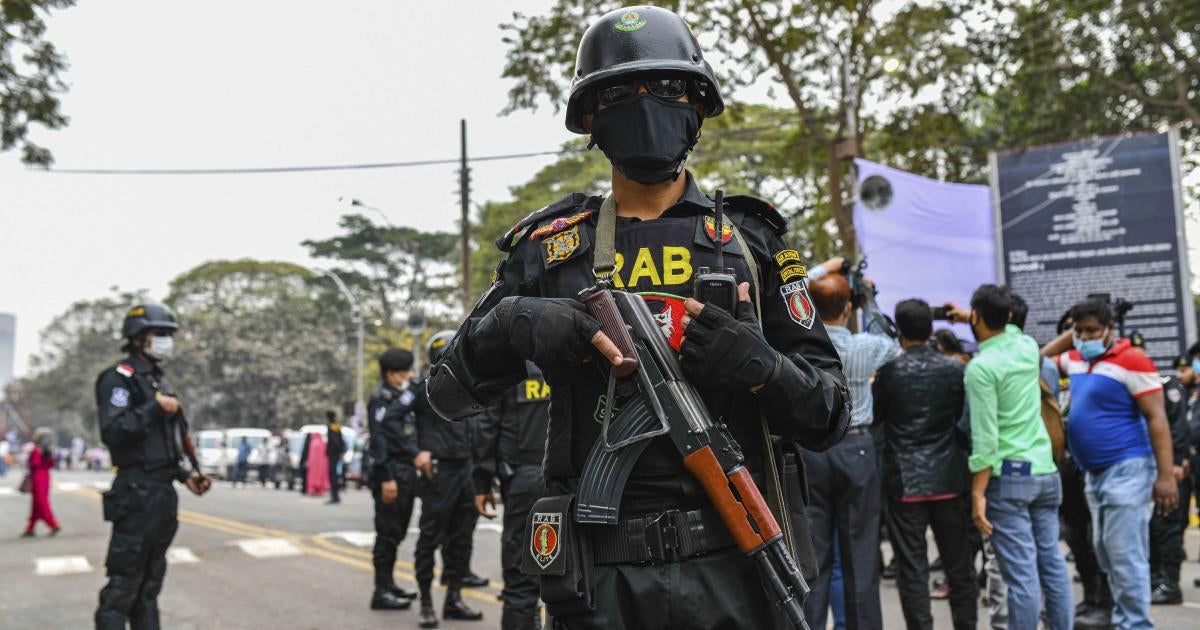The Fallout From The Justice Department's School Desegregation Order Rescission

Table of Contents
Historical Context: Understanding the Significance of School Desegregation Orders
The history of school segregation in the United States is a long and painful one, marked by systemic racism and the denial of equal educational opportunities to Black students. Landmark cases like Brown v. Board of Education (1954) declared state laws establishing separate public schools for Black and white students to be unconstitutional, overturning the "separate but equal" doctrine established in Plessy v. Ferguson. However, the Supreme Court's decision was met with significant resistance, and the Justice Department played a critical role in enforcing desegregation orders through litigation and interventions in individual school districts.
- Key milestones in the fight for school desegregation: The passage of the Civil Rights Act of 1964, the implementation of busing programs, and numerous court cases challenging discriminatory school practices.
- Impact of previous desegregation orders on school demographics and educational outcomes: While imperfect, desegregation efforts led to increased racial diversity in some schools, improving educational outcomes for many Black students and fostering a more integrated society. However, significant disparities persisted, and many schools remained largely segregated.
- Specific examples of successful desegregation initiatives: Certain districts successfully implemented innovative programs, demonstrating that integration is achievable with sustained effort and commitment.
The Immediate Impact of the Rescission: Increased Segregation and its Consequences
The rescission of the school desegregation order has immediate and potentially devastating consequences. It signals a retreat from the commitment to equal educational opportunities, paving the way for increased school segregation and the resurgence of racial disparities.
- Statistics showing existing racial disparities in education: Data consistently reveal significant achievement gaps between white students and students of color, highlighting the persistent effects of historical and ongoing segregation. These disparities manifest in standardized test scores, graduation rates, college enrollment, and access to resources.
- Potential rise in school segregation in specific districts or states: The rescission is likely to lead to a measurable increase in school segregation in certain districts and states, particularly those with a history of resistance to desegregation efforts.
- Examples of negative consequences of school segregation (achievement gaps, limited opportunities): Segregation limits access to quality resources, experienced teachers, and advanced coursework, perpetuating cycles of poverty and disadvantage.
Legal and Political Ramifications: Challenges and Legal Battles
The rescission of the desegregation order is likely to face significant legal challenges. Civil rights organizations and advocacy groups are expected to file lawsuits arguing that the decision violates the Constitution and the principles of equal protection under the law.
- Potential legal arguments against the rescission: Arguments will likely center on the violation of the Fourteenth Amendment’s equal protection clause, citing the continued existence of racial disparities in education.
- Reactions from civil rights organizations and advocacy groups: These groups have strongly condemned the rescission, vowing to fight for the continued enforcement of desegregation principles.
- Political viewpoints supporting and opposing the rescission: The rescission has become a highly politicized issue, highlighting the deep divisions within American society on matters of race and education.
The Role of the Supreme Court: Past and Present
The Supreme Court has played a pivotal role in shaping school desegregation policy. While Brown v. Board of Education was a landmark victory, subsequent Supreme Court decisions have often been interpreted as weakening desegregation efforts. The rescission of the desegregation order is expected to lead to renewed scrutiny of these past decisions and potentially new challenges before the Supreme Court.
- Key Supreme Court cases related to school desegregation: Cases like Milliken v. Bradley and Parents Involved in Community Schools v. Seattle School Dist. No. 1 have significantly impacted the legal landscape of school desegregation.
- Potential legal arguments for and against the rescission before the Supreme Court: Arguments will revolve around the interpretation of constitutional rights and the appropriate role of the federal government in enforcing desegregation.
- Prediction of the Supreme Court’s potential response: Predicting the Supreme Court's response is challenging, but the decision will likely have significant ramifications for the future of school integration.
Long-Term Implications: The Future of School Integration and Educational Equity
The long-term consequences of this rescission could be profound and far-reaching. It threatens to exacerbate existing inequalities, hindering the progress toward a more just and equitable education system for all students.
- Long-term effects of segregation on educational outcomes: Studies have consistently demonstrated the negative impacts of school segregation on academic achievement, social-emotional development, and future opportunities.
- Potential strategies to counteract the effects of the rescission: Strategies include increased funding for under-resourced schools, improved teacher training, and the implementation of innovative programs that promote diversity and inclusion.
- The role of community involvement in promoting school integration: Community engagement and collaboration are essential to build consensus and implement successful integration strategies.
Conclusion
The Justice Department's rescission of the school desegregation order marks a significant setback in the long fight for educational equity. The potential for increased school segregation, the erosion of civil rights protections, and the resurgence of racial disparities in education are serious concerns that demand immediate attention. The key takeaway is that this action has far-reaching consequences, impacting not only students but also the fabric of American society. We must remain vigilant and advocate for policies that ensure equal educational opportunities for all children. Contact your representatives, support organizations working to promote school integration, and continue advocating for policies that combat the negative fallout of this school desegregation order rescission. The fight for school desegregation and educational equity is far from over.

Featured Posts
-
 000 Zonder Stroom Grote Stroomstoring Ramt Breda
May 02, 2025
000 Zonder Stroom Grote Stroomstoring Ramt Breda
May 02, 2025 -
 11th Conduct Domination Dupont Leads France To Victory Against Italy
May 02, 2025
11th Conduct Domination Dupont Leads France To Victory Against Italy
May 02, 2025 -
 Nrc Demands Action On Anti Muslim Plots In Bangladesh
May 02, 2025
Nrc Demands Action On Anti Muslim Plots In Bangladesh
May 02, 2025 -
 Cadeau Gourmand Une Boulangerie Normande Recompense Le Premier Bebe De L Annee
May 02, 2025
Cadeau Gourmand Une Boulangerie Normande Recompense Le Premier Bebe De L Annee
May 02, 2025 -
 Reporting Storm Damage Crucial For Assessing Saturdays Impact On Tulsa
May 02, 2025
Reporting Storm Damage Crucial For Assessing Saturdays Impact On Tulsa
May 02, 2025
